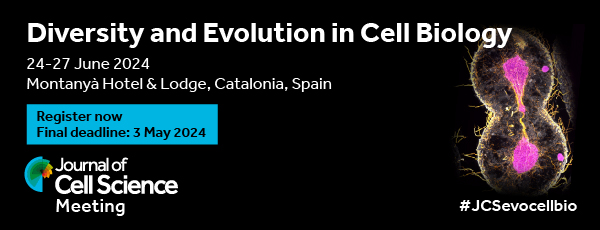
Sprouty is an established regulator of the receptor tyrosine kinase (RTK) pathway, which regulates cell proliferation and differentiation. Although Sprouty's classical role is to inhibit the RTK pathway by binding to several of its components, Sprouty can act as either a tumour suppressor or oncogene in different cancers, suggesting that a diversity of regulatory mechanisms influence its function. Using their previously published single-cell RNAseq data, Maxim Frolov and co-workers (Ariss et al., 2020) now identify Amalgam (Ama) as a novel regulator of Sprouty and the RTK pathway in Drosophila glial cells. RNAi-mediated depletion of Ama results in a reduced number of glial cells within the brain, disrupts the blood–brain barrier, which is formed by surface glia, and results in increased neuronal death. This is likely a consequence of inhibited glial cell proliferation through upregulation of Sprouty, which becomes upregulated in the absence of Ama and consequently perturbs RTK pathway activity. The authors show that Ama depletion can also counteract the hyperactivity of the RTK pathway that causes neoplasia in a fly glioma model. Interestingly, the relationship between Ama and Sprouty appears to be conserved in humans, since SPROUTY2 levels are increased upon knockdown of the Ama orthologue LSAMP in human glioblastoma cell lines. Thus, this study unveils a novel conserved regulator of RTK pathway activity with the potential to become an attractive therapeutic target for treating human cancers.








